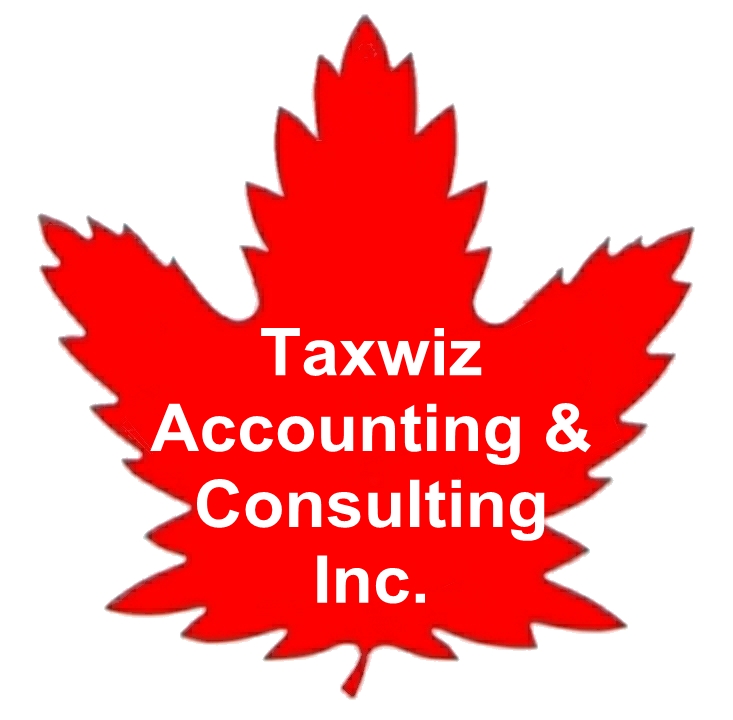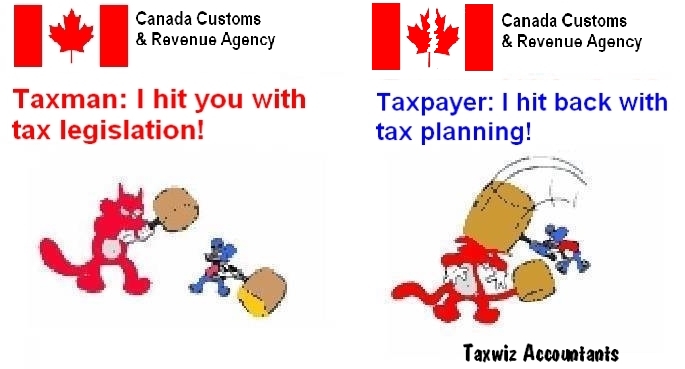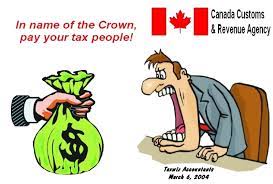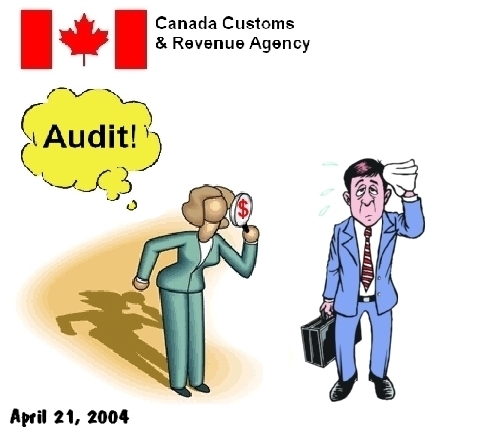
| Taxwiz Accounting and Consulting Inc. | ||||||||
|
||||||||

|
| ||||||||||||||||||||
For more information on this topic, our article titled "CRA Tax Audit" is available in our e-store and in our FAQ section.

Almost all taxpayers want to minimize their tax liabilities. The following methods are commonly used to reduce tax liabilities:
Tax evasion is illegal practice used by dishonest taxpayers try to reduce their tax liabilities by concealing income, inflating expenses, falsification of accounts, willful violation of law and refusal to comply with legislated reporting requirements. Such practices will result in penalties and at times criminal prosecution.
Tax avoidance is minimizing tax by adjusting the affairs in such a manner that although it is within the parameters of laws, it is done with a purpose to defraud and exploitation of loopholes in the tax law. It is the act of dodging without directly breaking the law. For example if A gives gift to his wife, the income from the asset gifted will be attributed back in the hand of A. To avoid this clubbing provision, known as General Anti-Avoidance Rule (GAAR), A decides to give gift to B’s wife and B reciprocates it by giving gift to A’s wife. It contravenes the spirit of law and legislative intent. This is not tax planning but tax avoidance. Sharp practices and dubious methods are not acceptable to tax authorities and often results in disallowance and challenges.
Tax planning is arrangement of financial activities to maximize tax benefits, as provided in the Income Tax Act. It is legitimate and consistent with legislative intent. Competent tax planning envisages use of allowed exemption, deductions, rebates and reliefs provided in the act. It is legal and will not result in any action from the tax authorities.
Tax evasion and tax avoidance reduce government revenue and create inequity to honest taxpayers. CRA relies on the following to protect the integrity of its taxation system:
We will focus on CRA tax audit.
|
shared his experience ... |
A tax audit is an examination of taxpayers' books and records to determine taxes, interest and penalties payable under the law. It comprises of examination of tax return, to verify its accuracy and compliance of tax law and regulations. CRA conducts audit and review on different types of tax returns on tax related acts administrated by the agency. It may audit GST/HST tax returns, personal and corporate income tax returns, excise taxes, and payroll returns.
There are three types of tax audits:
Generally, tax audit program focuses mainly on small business owners, self-employed individuals, corporations and trusts. A tax review is a process used by tax authority to verify the accuracy and the authenticity of information provided in a tax return. The following are some known CRA review programs:
Both audits and reviews can result in serious penalties if a tax auditor finds sufficient grounds to justify non-compliance or tax evasion.

In Canada, our tax system is based on self-assessment of income and expenses. To ensure that taxpayers file the true and accurate information, CRA reviews tax returns and routinely does tax audits. Without the threat of tax auditing, self-assessed tax filings may render the tax system ineffective. As repeatedly alleged by CRA, tax audits are performed to ensure that honest taxpayers are being taxed fairly.
Another reason that CRA wants the public to believe is to educate taxpayers to learn the social responsibility and some technical know-how in filing income tax returns.
On the other side of the fence, many, if not most, taxpayers believe that tax audit is just another means to squeeze more tax dollars from taxation. This belief is not totally groundless. In April 2012, Canada’s Auditor-General, Michael Ferguson, reported that CRA spent $39 million of its $4.5-billion total 2010-11 budget to generate $2.8 billion in additional taxes and penalties. Beyond doubt, tax audit is a lucrative business.
For income tax returns, there is a time limit of up to 3 full years after the date on your original notice of assessment for a tax return. Beyond this 3-year limit, a tax return is considered statute barred, namely, the taxpayer cannot apply for changes of information filed and the CRA cannot reassess the return.
The time limit of auditing GST/HST returns are four years from the date the GST/HST returns are due to be filed.
It is noteworthy to remark that statute barred years should not be confused with the retention of records. Section 230 of the Income Tax Act requires that you retain all books and records until six years after the date the return is filed. You would need those records if a statute barred year was opened up.
However, the following conditions may change the aforesaid time limit:

Taxpayers are categorized by groups based on certain attributes such as the nature of business, types and amounts of deduction or tax credit claimed, income levels. To maximize efficiency, CRA uses empirical data (based on past tax audits and other evaluations) to select groups with low tax compliance rating for audit. However, CRA also states that each taxpayer group should receive a minimal amount of tax audit investigations regardless of their tax compliance rating. Depending on the quantity of tax filings in each group and the amount of resources available, the CRA will then determine who will be audited in each taxpayer group.
In addition, taxpayers may be selected for the tax audit because of the following:
No matter how accurately and how on time you file your tax returns, there is always a chance that the Canada Revenue Agency (CRA) may audit your return. In practice, tax audits are impossible to avoid although there are measures taxpayers could take to minimize the chance of being audit. Our article titled "CRA Tax Audit" in our e-store will discuss more on these measures.
If you suspect that you have been given wrong information or been mistreated, investigate and seek professional advice without delay.
Depending on the complexity of the case under investigation, a tax audit may take anywhere from several hours to several weeks, in some extreme cases a couple of years. Generally, the following may happen at the end of the process:
[This page was added on 7 March 2010 and last revised on 21 January 2013.]